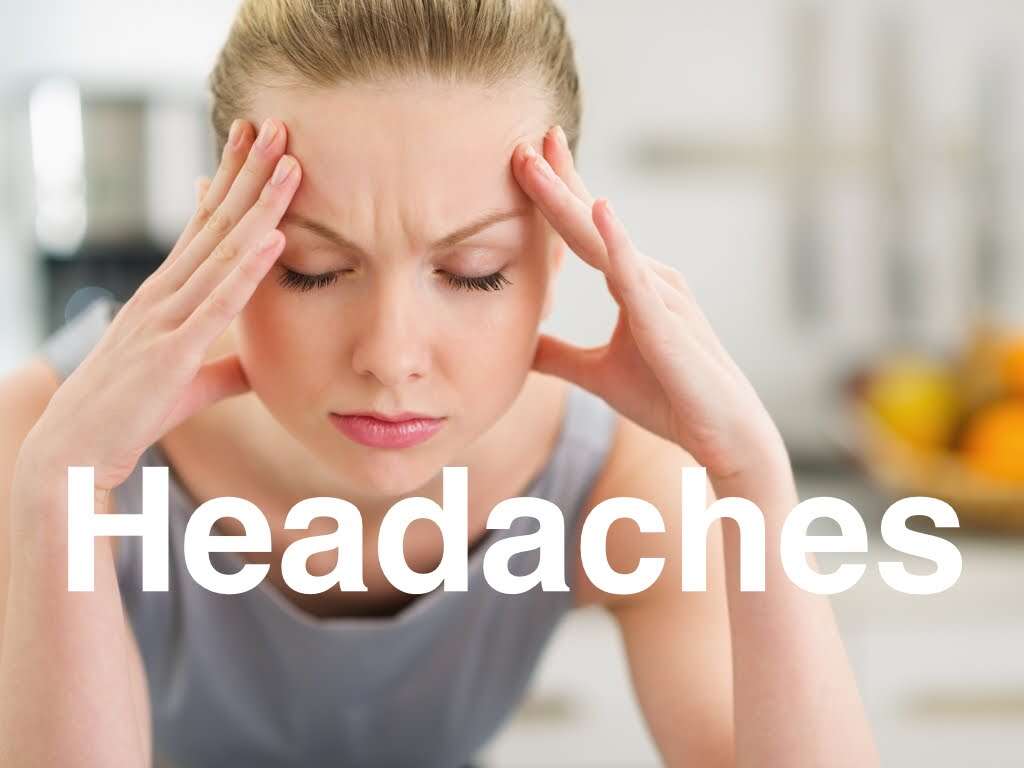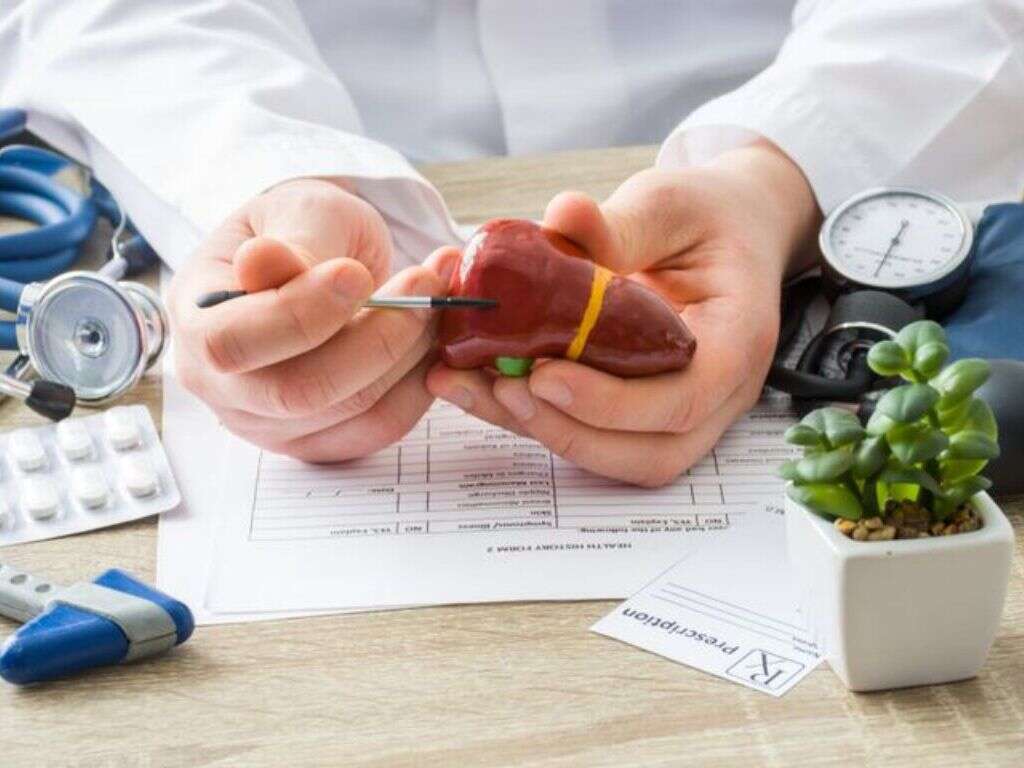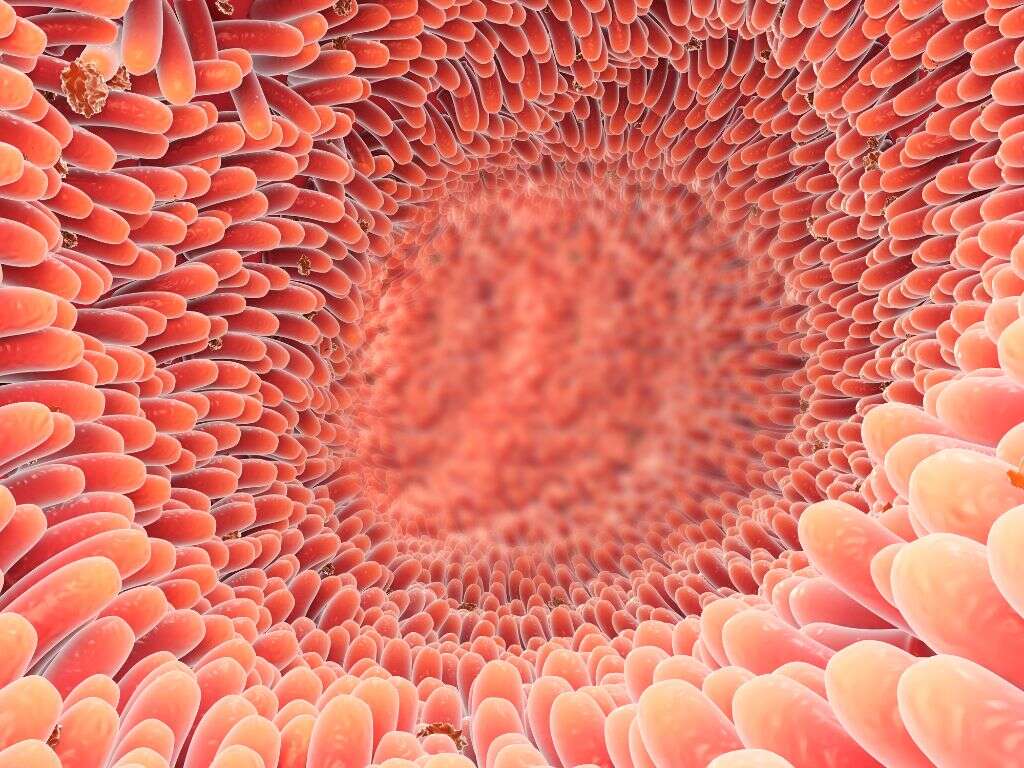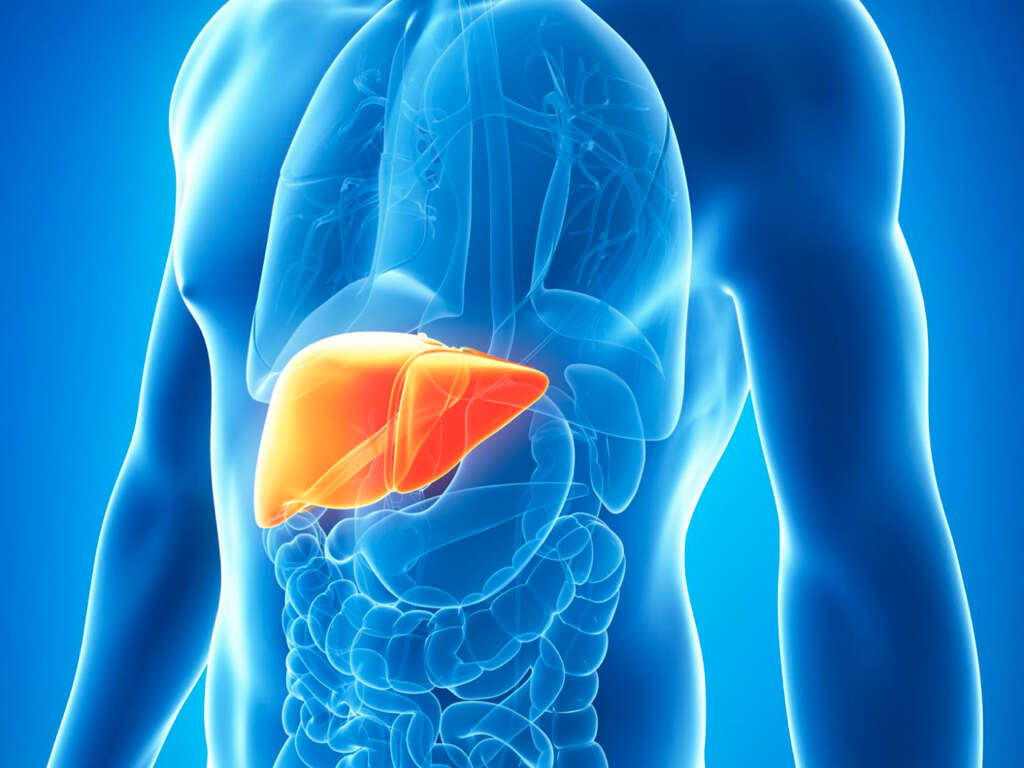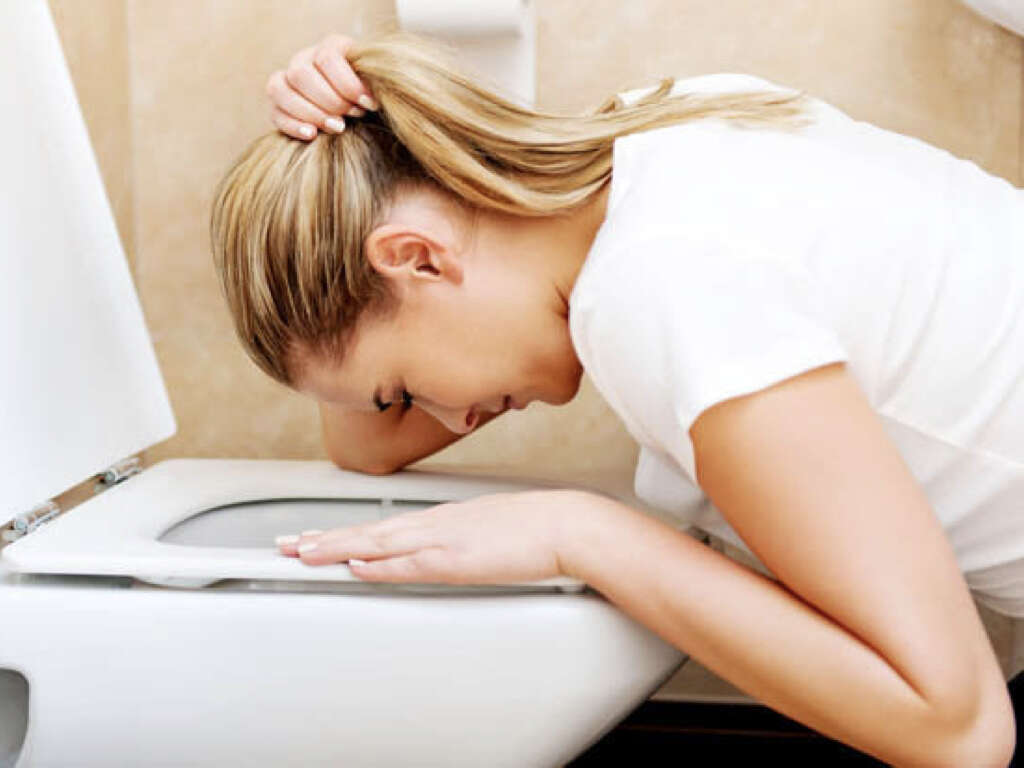10 Gallbladder Attack Symptoms
The gallbladder is an organ that stores and concentrates bile before releasing it into the small intestine. It is a pear-shaped organ that is located under the liver, but its position can vary slightly from person to person. It receives bile produced by the liver through the common hepatic duct and releases it into the duodenum through the common bile duct. The bile aids in the digestion of fats consumed through foods. The symptoms of a gallbladder attack most commonly occur due to gallstones which are formed by material that cannot dissolve such as bilirubin or cholesterol. Other causes of blockage occur due to tumors or other illnesses.
Once there is blockage, the accumulation of bile increases the pressure in the gallbladder leading to potential rupture. A gallbladder attack occurs in 1 to 4% of affected individuals annually. Complications of cholelithiasis (gallstones) include cholecystitis (inflammation of the gallbladder), pancreatitis (inflammation of the pancreas), cholangitis (infection of the bile duct), and more. Some of the risk factors are positive family history, use of birth control pills, pregnancy, diabetes, obesity, liver disease, and rapid weight loss. The diagnosis of gallstones can be confirmed through an ultrasound and treatment may be watchful observation or surgery.
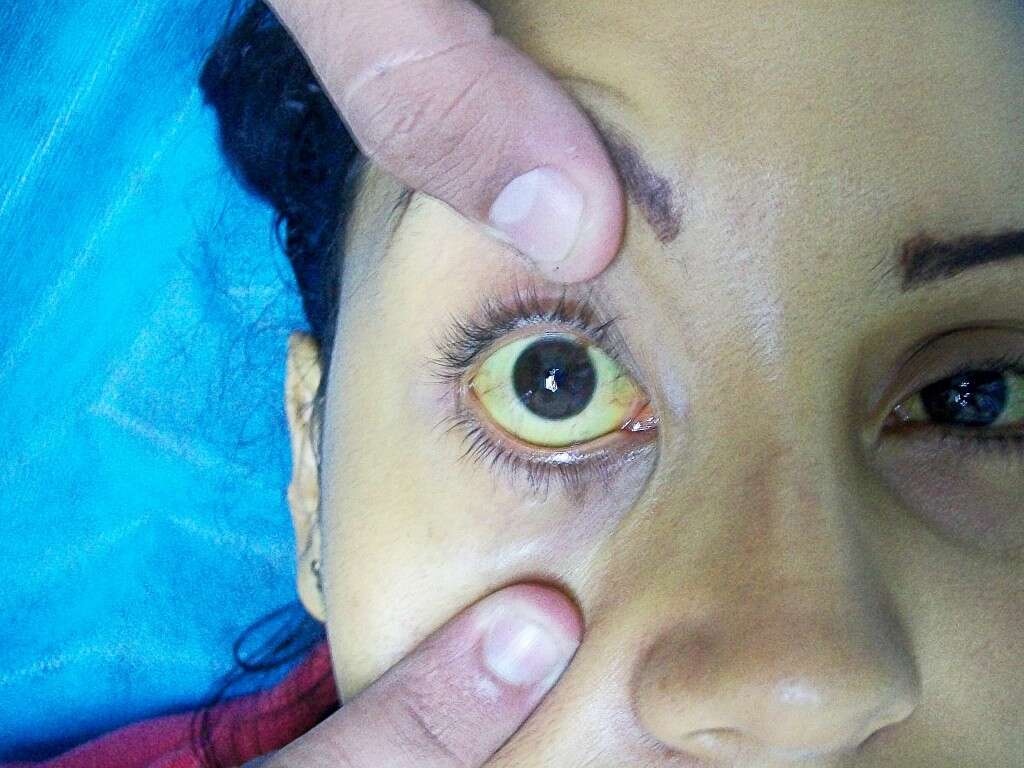
Symptom #1: Abdominal Pain
Having a gallbladder attack can cause abdominal pain that is primarily located in the upper right quadrant of the abdomen. However, the pain can radiate to the rest of the abdomen and gradually become centralized.
Some patients have pain that radiates to the back and up to the shoulder blade. The pain usually comes in waves, waxing and waning throughout the episode. While gallstone attacks last approximately 15 minutes, many patients have reported that the pain can continue or linger for hours and even disrupt sleep.
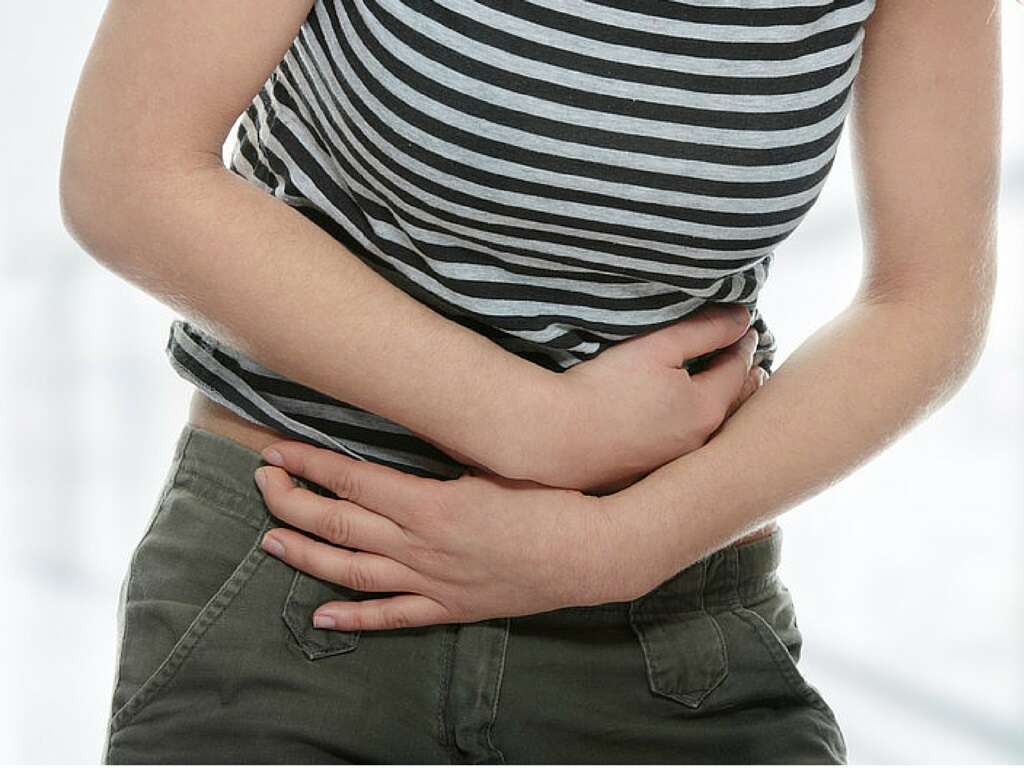
Symptom #2: Indigestion
Individuals with gallbladder issues often experience vague gastrointestinal symptoms such as bloating, nausea, and abdominal discomfort especially after eating. Since these symptoms are vague, it can be hard to make a diagnosis of gallbladder issues.
Since the gallbladder plays an important role in the digestive process especially in absorbing vitamins A, D, E, and K, as well as the emulsification of fat, gallbladder issues can lead to indigestion as food consumed is not digested or absorbed efficiently.
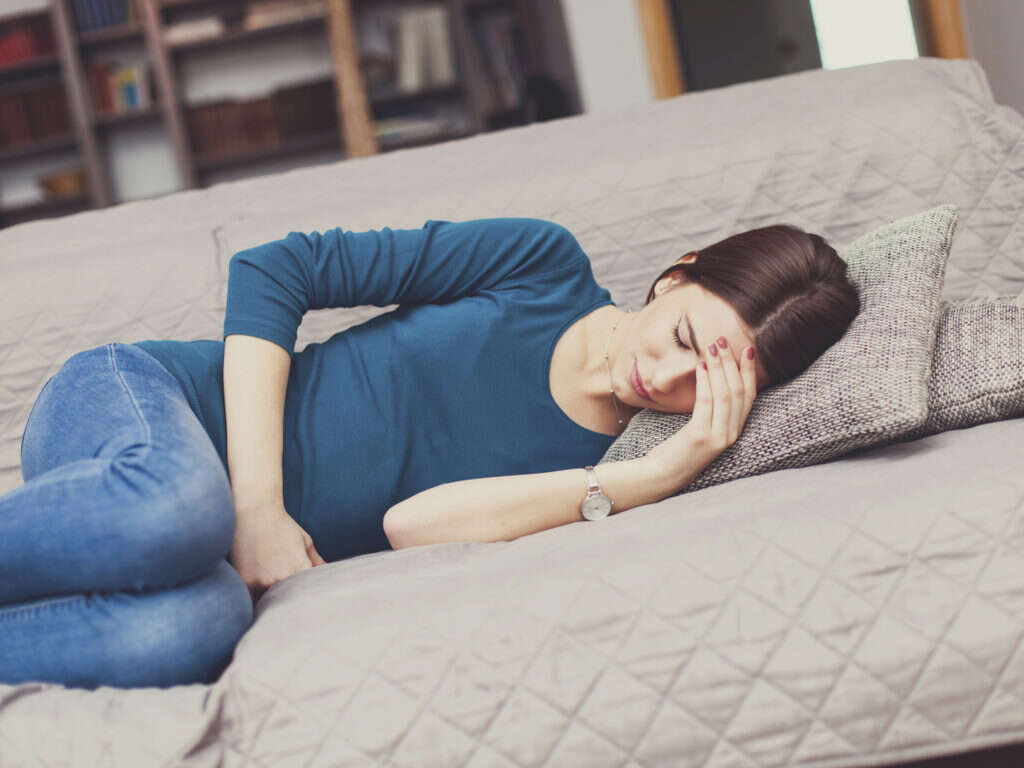
Symptom #3: Loss of Appetite
In a gallbladder attack, as the pain worsens, there will naturally be loss of appetite. Nausea and vomiting that usually occur after meals can also condition the patient to be apprehensive about eating due to the fear of pain and discomfort after consuming food. As the condition worsens, the pain can become excruciating and debilitating.
Gallbladder attack symptoms usually occur when there is a blockage in the bile ducts. Once this occurs, bile backflows into the liver. If in doubt, seek medical attention as a simple blood test can identify increased bilirubin levels, raised liver enzymes, high levels of alkaline phosphate, all of which will point to a blockage enabling you to seek treatment as soon as possible.
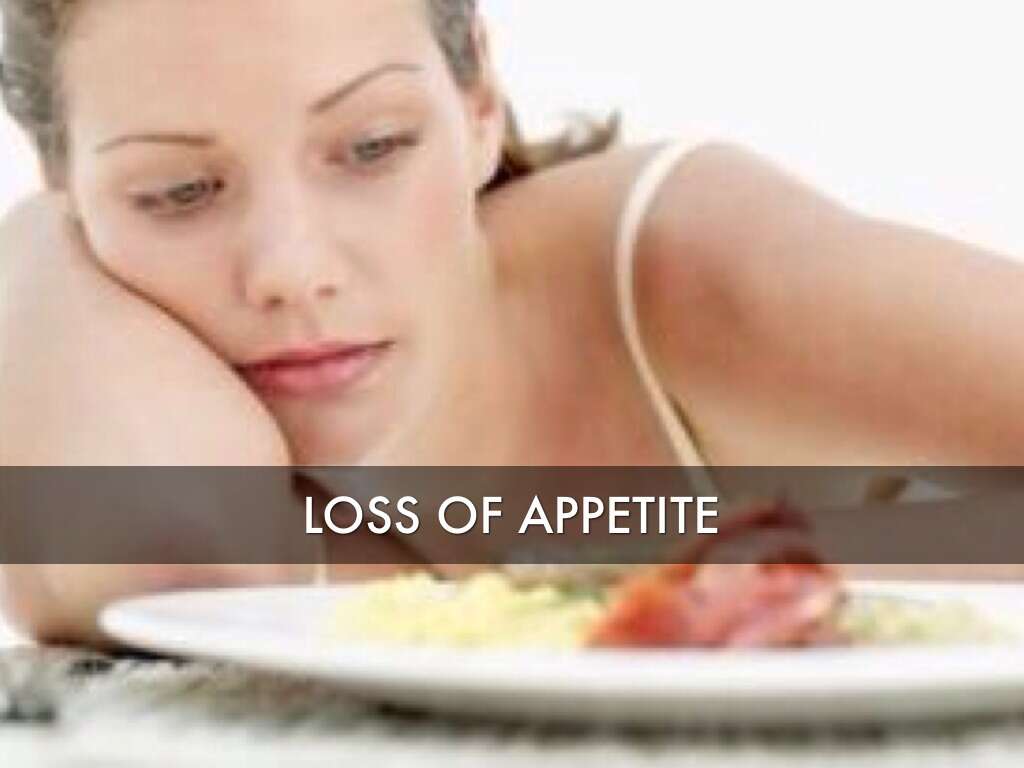
Symptom #4: Nausea and Vomiting
Also, vague symptoms that can occur with many other conditions, nausea, and vomiting in a gallbladder attack usually occurs after meals. It is the body’s natural way to help relieve the intra-abdominal pressure.
Extreme pain can also lead to nausea and vomiting. Biliary pain can last several hours after consumption of a meal. It is usually triggered by the consumption of a heavy, large, or fatty meal.
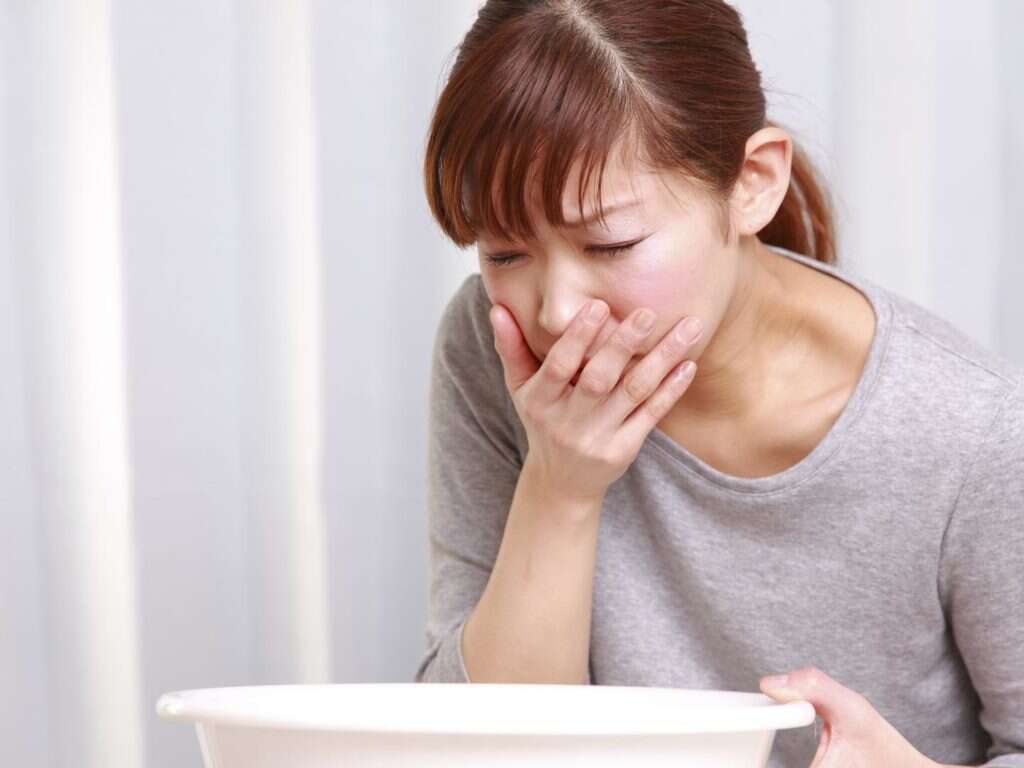
Symptom #5: Jaundice
If there is blockage of a bile duct, the substance remaining in your body known as bilirubin will accumulate and causes your skin to turn a yellowish hue. It can be associated with itchiness of the skin, pale feces, and dark urine.
There are many causes of jaundice such as the excessive breakdown of red blood cells, genetic conditions, thyroid issues, cirrhosis, hepatitis, infections, side effects of medications, and blockage of the bile duct. To confirm the diagnosis, ultrasonography is used to detect the blockage and treatment depends on the underlying cause of jaundice. Surgery may be required.

Symptom #6: Changes in Urine and Stool Color
In a gallbladder attack where there is a blockage of the bile duct, the bile pigment can cause the color of urine to change to a dark yellow or brown color. Many patients often compare it to the color of tea. However, since bile salts are the substance that gives color to stool (giving it the brown color), pale stools are also indicative of a blocked bile duct.
The stool also tends to float and bowel movement increases. Try not to confuse blood-tinged urine with changes in urine color due to a blocked bile duct. If in doubt, always consult your doctor.
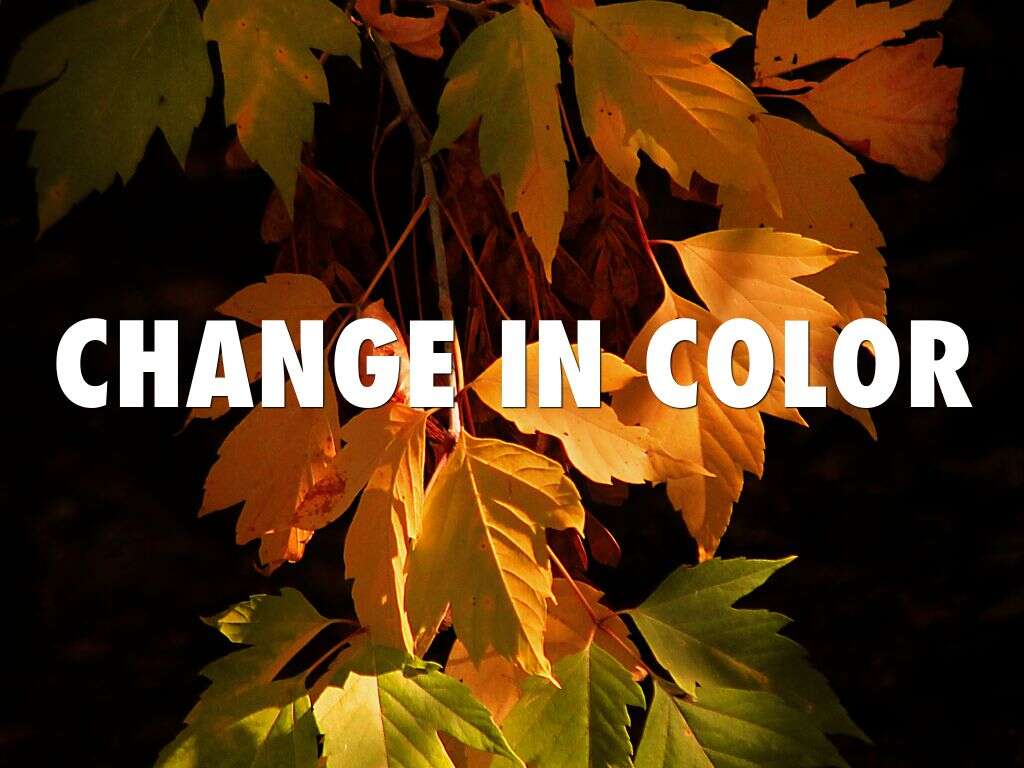
Symptom #7: Fever
Fever can occur if there is gallbladder infection. It is a serious and potentially life-threatening issue due to gallstone disease. gallbladder infection can occur if there is persistent gallstone obstruction in the ducts. The bacteria in the bile can cause gangrene, abscess, rupture, or even sepsis.
As with any infection, fever is a characteristic symptom. It is one of the most common symptoms of a gallbladder infection. It is observed to occur in about 90% of individuals suffering from a gallbladder infection chills are also common. A temperature spike may signify that the infection has worsened and prompt medical attention is needed.

Symptom #8: Dizziness
While dizziness is a rare symptom of a gallbladder attack, those who suffer from gallbladder issues may occasionally experience dizziness. Some of the reasons that dizziness can occur are due to the spread of infection which causes the immune system to be overwhelmed and the body goes into shock.
This causes the blood pressure to decrease dramatically leading to dizziness, confusion, fainting, and light-headedness. Another reason that dizziness may occur is due to the location of the vagus nerve that may be stimulated by a gallbladder attack leading to a decrease in blood pressure and dizziness.
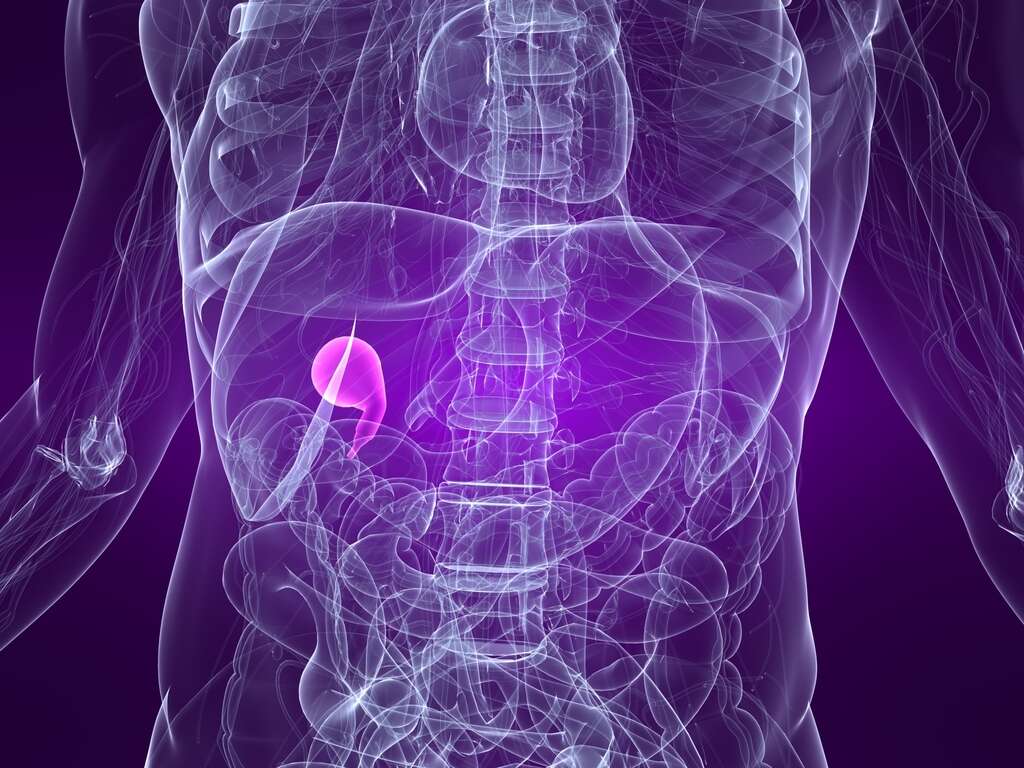
Symptom #9: Constipation
In individuals with a gallbladder attack, constipation may also occur; however constipation is rare as bowel movements tend to increase. Constipation occurs when your bowels do not move frequently causing you to have dry and hard stools.
Studies have found an association between gallstones and constipation as intestinal transit is slowed due to the formation of gallstones. Affected individuals should try to drink more fluids and avoid refined foods such as flour, bread, and pasta. A regular exercise routine might also be helpful.
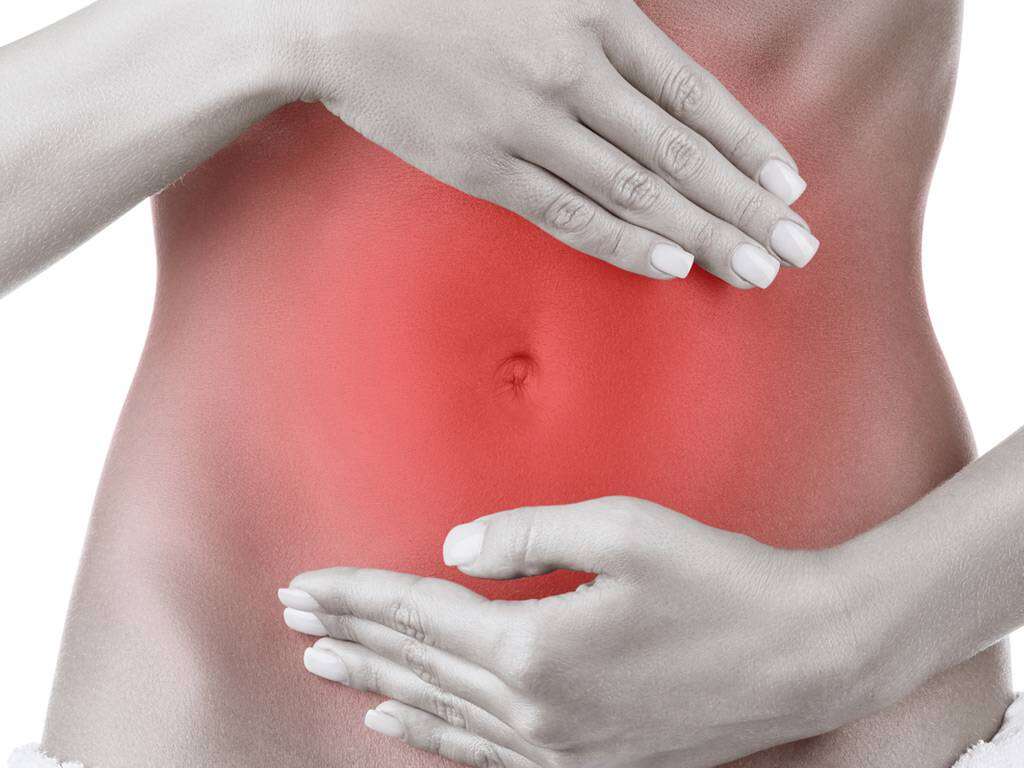
Symptom #10: Headaches
While it may seem unlikely that headaches are associated with a gallbladder attack, practitioners of eastern medicine believe that it is very much related. In eastern medicine, all the internal organs such as your kidneys, liver, and gallbladder are related and connected via channels known as meridians.
In eastern medicine, the gallbladder meridian is located along the side of the head. The eastern practitioners liken these meridians to what western practitioners call neuropathways. If you are willing to give it a try, eastern practitioners believe that with acupuncture, the tension built up in the gallbladder meridian can be released and thus, alleviating the headache.
